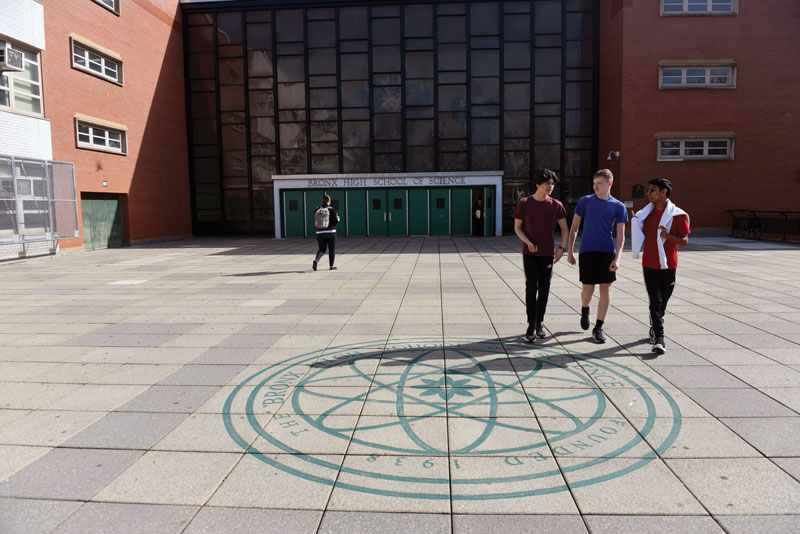
Despite our city’s diversity, racial and socio-economic segregation in public schools persist. But educators, parents, students, and nonprofit workers who believe in the value of integration and diversity have made progress. However, just as the student body is unique to every school, the paths to successful integration can look very different in each school district.
Chalkbeat, a nonprofit news source focused on education, is using $130,000 from The Trust to cover the complex and contentious integration efforts as they play out in dozens of neighborhoods, from Forest Hills in Queens to Chinatown in Manhattan.
“We are covering community forums and talking to everyone involved,” says Amy Zimmer, Chalkbeat New York’s bureau chief. “We help people understand what’s happening not just after the fact, but while they still can participate.”
Last year, Chalkbeat reported on many factors that impact school integration, such as admission screening, dual-language and magnet programs, zoning, suspensions, learning disabilities, and curricula.
The nonprofit highlighted how some schools are using New York State grants to train teachers to develop lessons that reflect students’ diverse backgrounds and learning needs. It also examined why concerns about real estate values, commuting obstacles, and ethnic tensions were affecting integration efforts in Queens’ District 28. It will use this year’s grant to continue this coverage and investigate how the COVID-19 pandemic will impact integration efforts.
Chalkbeat readers come away with a more nuanced understanding of what it takes for a district to integrate, and some of the pitfalls to avoid. “No one solution is going to work for every district,” Zimmer continued. “But we have learned that to succeed, families need to identify their common goals, and understand how that translates to changes in their schools.”